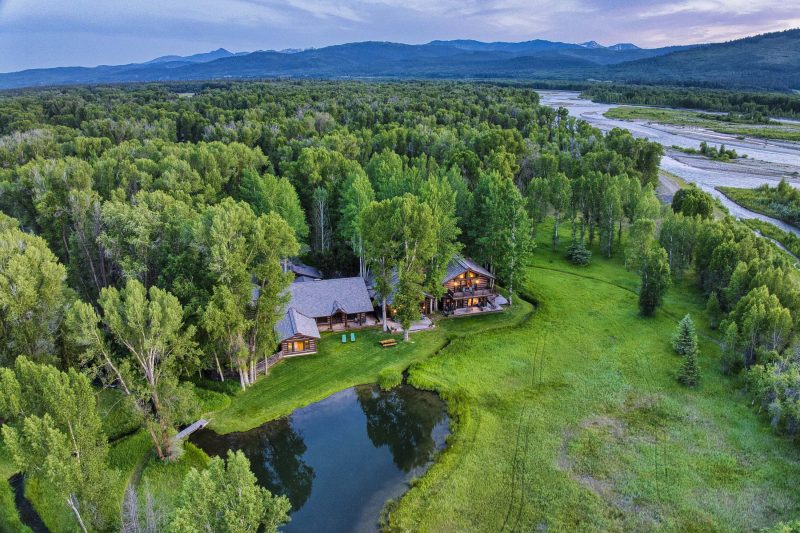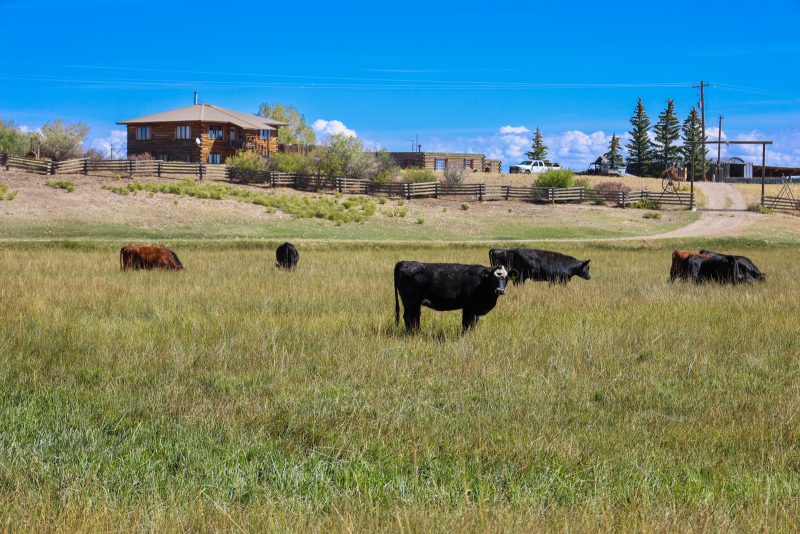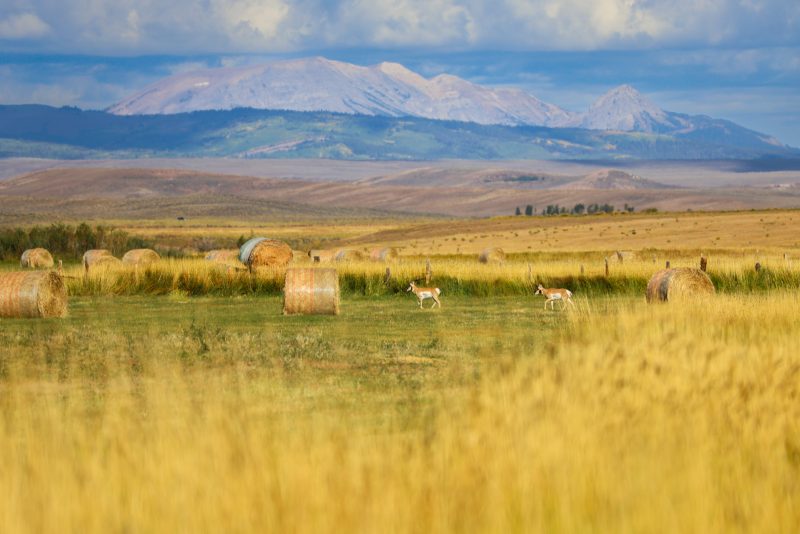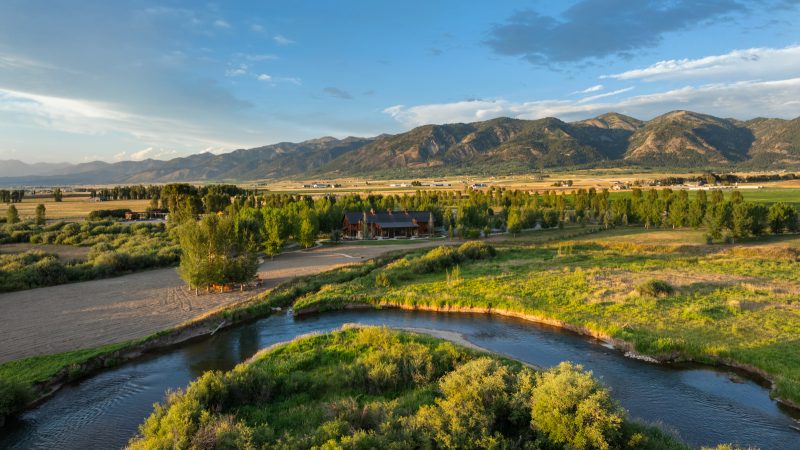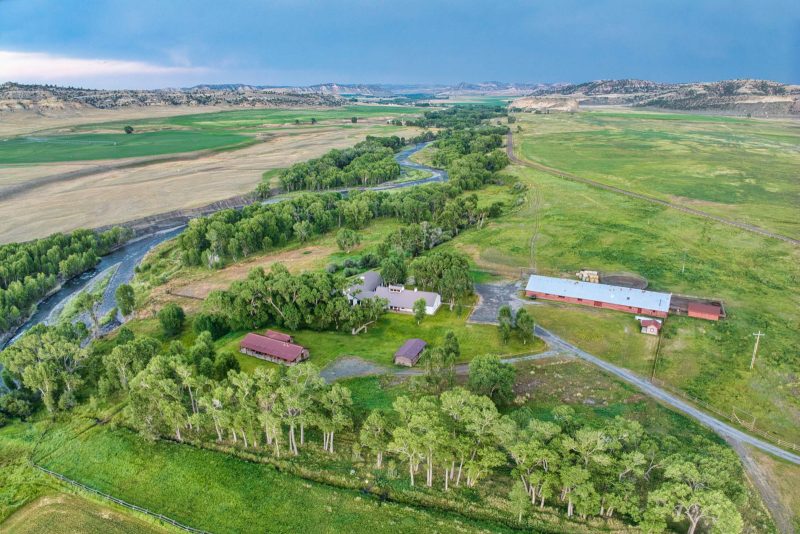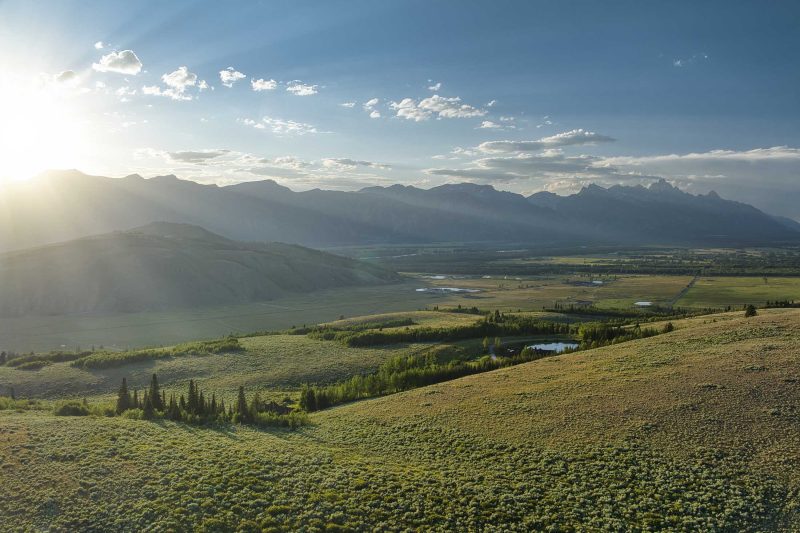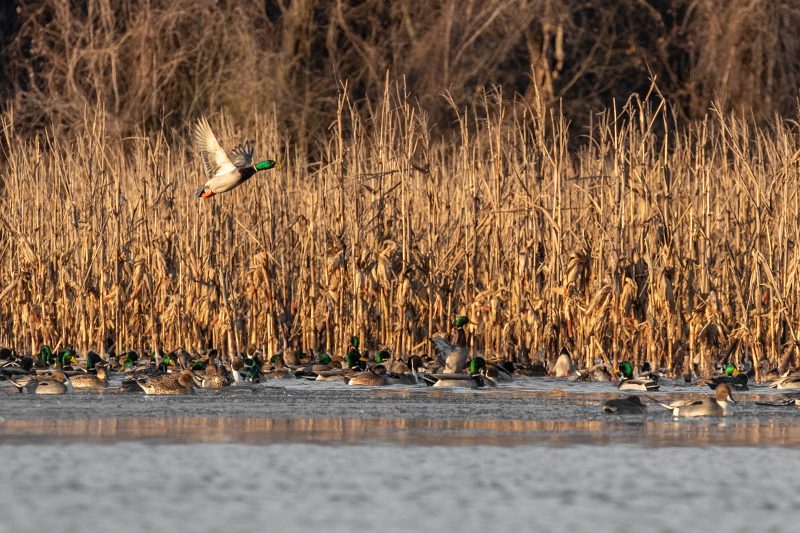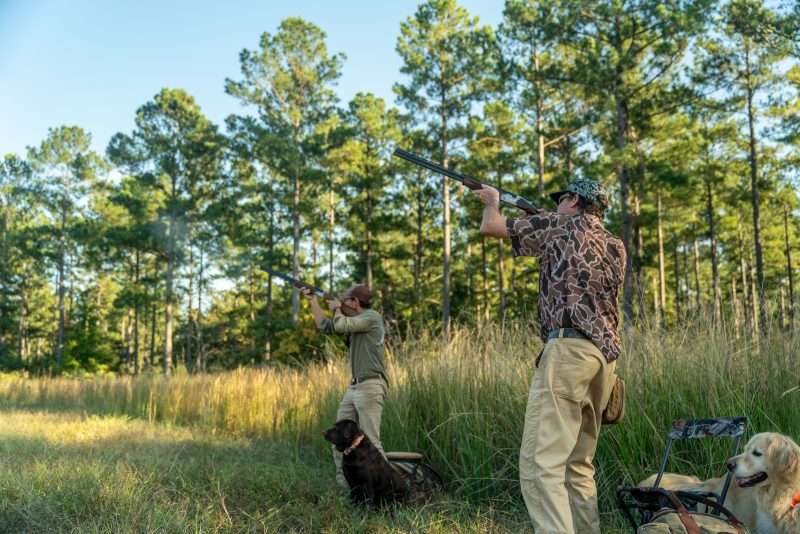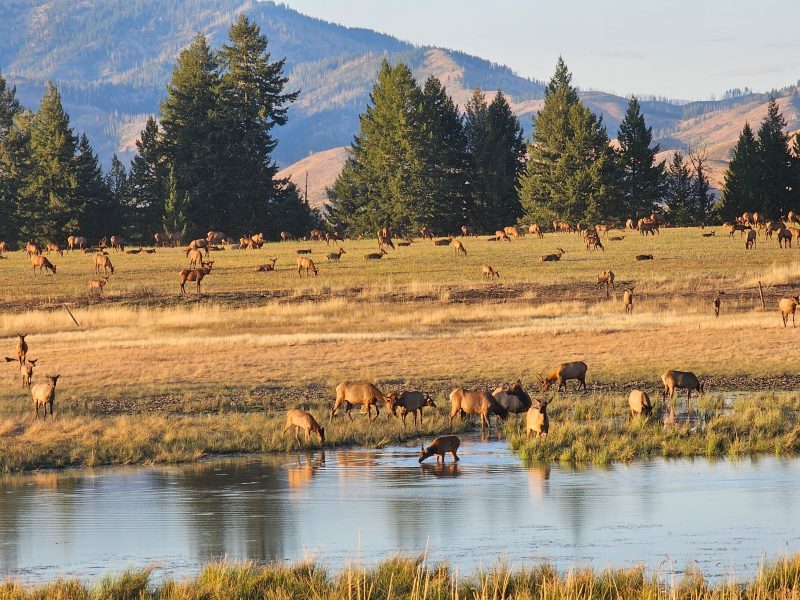Upper Cottonwood Creek Ranch Daniel, WY
Last Listed At: $2,500,000
320 Acres
Contact Us
Details & Features
Upper Cottonwood Creek Ranch, comprised of 320 acres with a remodeled cabin, is located 90 minutes south from the town of Jackson and 45 minutes west of Pinedale along the beautiful foothills of the Wyoming Range. This end-of-the-road, secluded ranch offers the outdoor enthusiast an abundance of recreational opportunities to choose from including fishing, big game hunting, hiking, snowmobiling, and horseback riding. Meandering through the property are 1.5 miles of the north fork of Cottonwood Creek, a major tributary to the Green River, offering an excellent private backyard fishery. Bridger-Teton National Forest is easily accessible along the northern property boundary as well as through a 160-acre section of BLM to the west.
Wyoming
Ranches for Sale in Wyoming The Equality State has been rooted in ranching since becoming a state in 1890. So much has changed since then, but when a ranch experience happens for the first time, it seems that little time has passed since the turn of the 19th century. From Cheyenne to Pinedale; Wyoming offers a plethora of income-producing cattle ranches for sale and farms for someone looking for an investment property. Many of these ranches for sale in Wyoming include BLM leases, United States Forest Service agreements for cattle grazing and lease agreements with neighboring ranchers or farmers. Harvesting upland birds and big game animals are another ...
View All Wyoming PropertiesLandowner Insights
2025 Waterfowl and Upland Bird Properties
Bird hunting season stirs memories of early mornings, handcrafted blinds, and the thrill of the shot. Whether you’re pursuing mallards over flooded timber...
Welcoming Fall to the South
Fall arrives gently in the South, bringing cooler mornings, golden fields, and timeless traditions rooted in the land. From dove season to family gatherings,...
2025 Big Game Hunting Properties
With the change of seasons come crisp mornings and shorter days. The high country comes alive – elk slip through dark timber, mule deer step into open...



